‘Quila’ - a limited-edition art work by Kohler
India’s diverse arts and crafts, traditions and folklore, speak of the country’s rich cultural heritage. Emerging from different corners of the country, they employ diverse methods and techniques, harness artisans’ skills and expertise resulting in unique and distinct pieces. By the very virtue of being handcrafted creations, they assume a rather priceless appeal and an inimitable quality. And today, these age-old arts and crafts are finding expression in contemporary contexts, articulated in ways that preserve their authenticity while enabling them to evolve. In doing so, the artists and craftspeople, who are fundamental in keeping these traditional art forms alive and making them relevant for the current times, are also being brought to the forefront.
One such artist is Jai Prakash Lakhiwal, an acclaimed miniaturist who has played a significant role in preserving and propagating the rich heritage of miniature art. He was inspired by his father who had taken up painting as a hobby while working full-time. Having picked up a brush at the age of six, Jai Prakash started painting very young and gradually cultivated his skill, learning the intricacies from Ustad Feroz whose forefathers were painters in the Mughal court. After he failed to secure admission in the Delhi College of Art, he dedicated several years to learning, understanding, and mastering the unique styles of multiple schools (gharanas) of miniature painting, his favorites becoming Kota, Kangra and the British Era (Company Style) in India.
Today, he is the recipient of several awards, including the Delhi State Award (1996), National Award (1998) and the Padma Shri (2016). His skillful creations grace the walls of Rashtrapati Bhavan, the Prime Mister’s Office, Hyderabad House, Supreme Court, and the Indira Gandhi Memorial Museum, to name a few, with one of his most notable works being the 20,000sqft painting in the Anandpur Sahib Museum of Sikh History. Jai Prakash also hand paints for a high-end Japanese Kimono brand. And most recently, the self-taught artist collaborated with Kohler for the India Artist Edition - an endeavour which was born from a vision to create a product that celebrates Indian cultural heritage.
The limited-edition sink ‘Quila’ is adorned with an intricate painting that Jai Prakash has created exclusively for Kohler. Here, art blends seamlessly with utility, rendering a functional object that effortlessly doubles up as a work of art. “India probably has the widest tradition of art and craft, so we thought it was time to really now invest behind paying homage to Indian traditions. The Quila is a beautiful product, one-of-a-kind, and certainly very different from what people expect to see in a bathroom,” says Salil Sadanandan, President, Kohler, South Asia, Middle East and Sub-Saharan Africa.
Since the start, Kohler delved into an in-depth process, which included conducting a 10-day workshop with leading folk artists of India. A detailed brief was given to each artist, culminating in this collaboration with the Padma Shri artist and the choice to go with the traditional art form of miniature paintings. The team initially drew upon India's diverse heritage of painting, textile, architecture, and embroidery styles to develop the concept, which was eventually realised by Jai Prakash through his evocative illustration of the glorious past of the Rajputs. He himself drew inspiration from the miniature styles of Kota (Rajasthan) and Kangra (Pahari) regions and his painting portrays the magnificent Rajput forts through playful activities of the royalty, and visible across the tamed and untamed landscapes are birds and animals enjoying the spring season. The visual narrative that unfolds captivates the viewer, compelling them to explore the various details depicted by the artist, which are made even more striking by the expressive forms and vibrant colours.
The artwork, which is essentially created on a two-dimensional medium, had to be carefully translated onto a three-dimensional object and this was achieved through an elaborate process, to create a bespoke functional element for your bath space. “We scanned these paintings and converted them into lithographs which were transferred on to the ceramic surface. It is all about craftsmanship and precision, without any automation” says Anand Asinkar, Lead Industrial designer - Kohler India Studio.
A piece of art, ‘Quila’ will singlehandedly elevate the aesthetic quotient of the bath space it is integrated in, narrating stories of the glorious Rajput past through evocative visuals and bringing forth the charm of Rajasthan. Collaborations like these are imperative today as they do not just put Indian art on the global map but also provide artisans with a platform to showcase their talent. And it is through these creative ventures that the time-honored arts, crafts and traditional techniques of the country gain prominence and relevance in today’s times, preventing them from fading into oblivion.


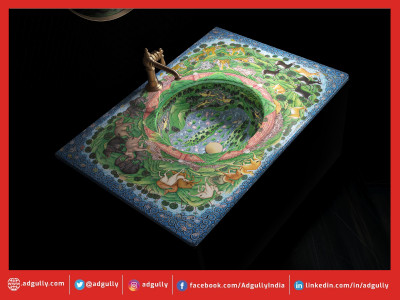

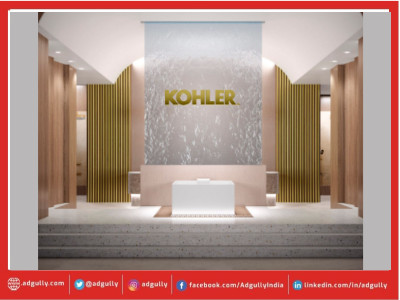

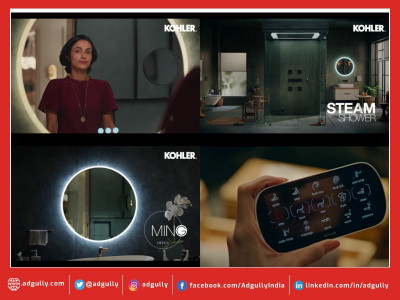


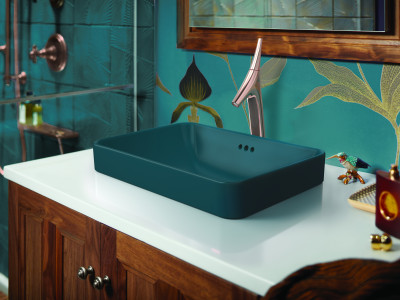
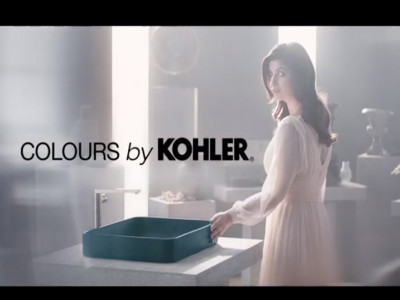





Share
Facebook
YouTube
Tweet
Twitter
LinkedIn